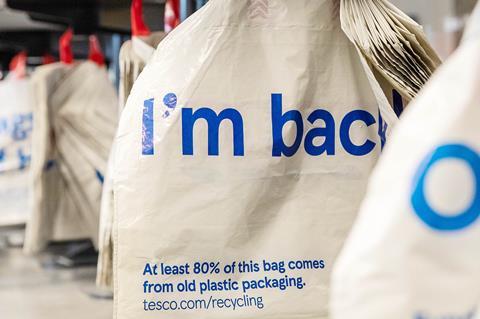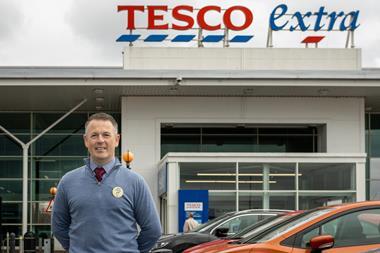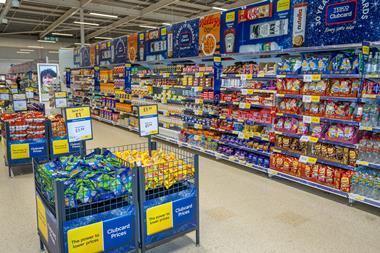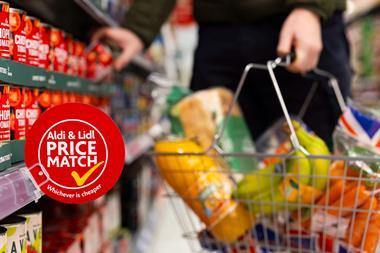
Last week’s news that Tesco has quietly wound up its reusable packaging trial with Loop came as no surprise to many in the packaging industry.
Despite rallying cries of support – which included whisperings of a potential directive from the EU calling on countries to follow in the reusables-focused footsteps of France and Spain – the initiative’s demise highlights the perils of touting reusable packaging as the only ‘sustainable’ solution.
In fact, while the reusability of packaging is undoubtedly an important measure of sustainability, it’s not the silver bullet it’s often made out to be.
Why not? Well, any reusable packaging item must be used a minimum number of times to outperform other types on sustainability grounds. And, of course, this criterion is not always met.
“Bags for life must be reused at least four times to ensure they contribute less to climate change”
Take supermarket bags for life with a higher plastic content than the lighter, single-use carriers that preceded them. Bags for life must be reused at least four times to ensure they contribute less to climate change. Used only once or twice, they become a bigger drain on the environment.
Next comes the significant environmental impact of the reusable loop. According to a recent study comparing reusable plastic crates to recyclable corrugated cardboard boxes, reusable packaging fell short on several environmental footprint impact categories.
Not only did the reusable packaging demand more resources, from fossil fuels to water, its process released more climate-changing CO2 than its recyclable counterpart. While I won’t claim this negates the benefits of reuse, it shows it is not always best way forward – and makes clear the danger that comes with underestimating its environmental impact.
Finally, when assessing the environmental credentials of any packaging, we must remember every decision in the logistics chain contributes to the overall picture.
From transportation distance, which has a significant impact on emissions, to the number of packages in any given delivery – and even the weight of a particular packaging format – the myriad considerations at play mean a one-size-fits-all solution is a pipe dream at best.
Read more:
-
Why did Tesco call time on Loop packaging-free trial?
-
Iceland develops recyclable paper packaging for frozen seafood
-
Refill or prefill: which is best in the reusable packaging quest?
-
Aldi ends packaging-free trial at store in Cumbria
Packaging is an essential part of all supply chains and, while sustainability is rightly a concern for us all, the solution is far from simple.
Of course, when packaging is reused as intended, there are occasions where reuse has its benefits. But this isn’t the full picture.
We must not overegg the positive impact of reusable systems or we risk compromising the value of well-functioning recycling processes in the eyes of consumers.
And for recyclable materials like cardboard, for which 94% of paper fibres used in production across Europe are from recycled paper, this simply cannot be the right way forward.
So, before rushing to conclude that any one type of packaging surpasses another in eco-friendly terms, we must consider the array of factors that contribute to sustainability.
Tempting as it might be, we must ensure we do not oversimplify the reality. Doing so will not serve anyone in our pursuit of a greener supply chain.



















No comments yet